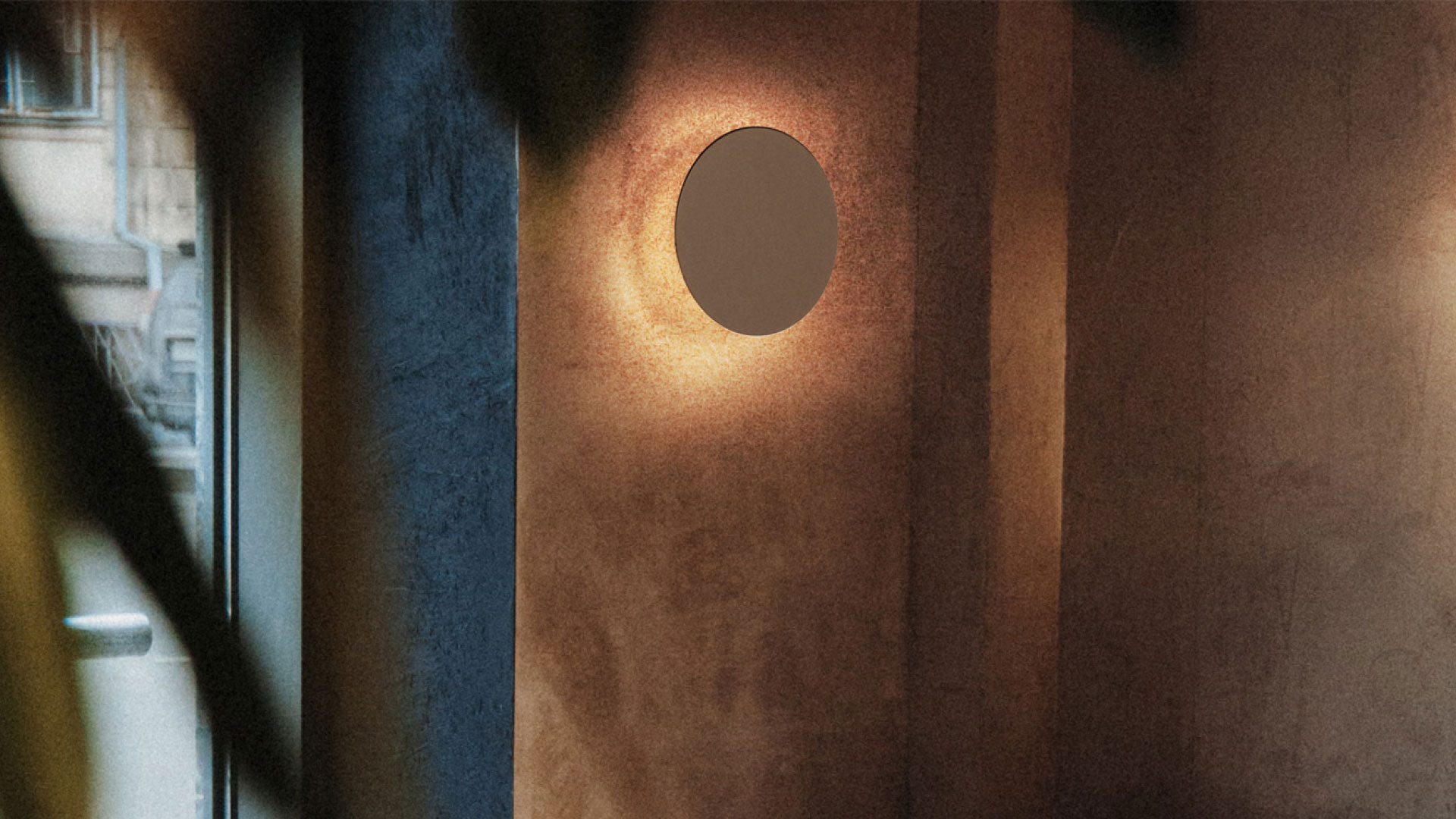Creating comfortable and aesthetically beautiful spaces requires more than fine furnishing and accessories it is important to pay close attention to the lighting design. We often hear about dimmer and dimmable LED bulbs, spotlights, or strips. A dimmable lighting system can adjust the intensity of the light beam and switch between brighter and dimmer light, creating a new way of managing light.
Let’s Talk Dimmer: shedding light on innovation
For more than 30 years, Egoluce has been using TCI products to create lighting fixtures. The collaboration with TCI has played a significant role in enhancing Egoluce’s collections through the use of TCI’s modern technologies and yearly improvements. These advancements have led to TCI products becoming more efficient, certified, and technically advanced.
The dimmability of light
Creating comfortable and aesthetically beautiful spaces requires more than fine furnishing and accessories it is important to pay close attention to the lighting design. We often hear about dimmer and dimmable LED bulbs, spotlights, or strips. A dimmable lighting system can adjust the intensity of the light beam and switch between brighter and dimmer light, creating a new way of managing light.
From dimmers dedicated to the illumination of a single lighting point or a single room, through large rooms and installations inside museums or theaters, in retail or hospitality, applications where precise control of light is required are now increasingly common.
What is meant by the word dimmer
A dimmer is a device that provides the ability to adjust the intensity of light by lowering or raising it at will. t is an intensity dimmer that modulates the load power of a light source and is applied to various types of lamps with great benefits concerning energy saving. The lighting changes its appearance as the intensity changes, giving intimate atmospheres as needed and improving visual comfort.
The entire mood of the room transforms with the changing intensity creating interesting plays of light and shadows that light up the walls and become a furnishing element, giving character and personality to the environment. The choice of dimmable lighting thus becomes a choice of style as well as simple functionality.
The advantages of using dimmers
The use of dimmable lighting systems has revolutionized the world of ‘lighting, bringing significant advantages over traditional devices in particular:
- High efficiency: there is less energy dissipation in dimmers, and in addition, the modulation of light also allows power consumption to vary, reducing it when necessary.
- Greater savings: lighting systems that are constantly working at full capacity use greater volumes of current, leading to increased energy consumption;
- with light dimmers, it is possible to improve the cost-benefit ratio.
- Longer Lifetime: energy-saving LED bulbs, spotlights, reflectors or strips can run longer and more efficiently.
The light Dimming
Light dimming can take place through two main devices:
- Dimmable LED drivers: these are LED ballasts designed both to supply power to components and to allow control of light intensity.
- Dimmer LEDs: devices used exclusively for dimming light, either through the PWM modulation technique or through other control systems.
Beam dimming is done through direct control (switches, knobs, panels, etc.) or remotely (from wireless remotes to smartphone apps), while the general operation of dimmers is through control systems with analog technologies or standard digital systems, additional functionality to control color temperature, switching from warm to cool lighting and vice versa.
Which dimmer and driver to use
No dimmer or driver is considered universal and suitable for every single application; the choice of dimmer should be carefully calibrated according to specific needs. Among the various types of dimmers and drivers, the most widely used are:
DALI
Regulation using the DALI-2 (Digital Addressable Lighting Interface) digital interface represents an evolution in analogical regulation. Regulation using the DALI-2 (Digital Addressable Lighting Interface) digital interface represents an evolution in analogical regulation. This interface has been jointly developed by the most important producers of electronic drivers to create a standard regulation for the lighting engineering industry all over the world.
MAIN FEATURES OF THE DALI REGULATION
- memory function of light scenes;
- messages for the breakdown or end of life of the lamp;
- possibility to assign a unique address to each connected device
- DALI part 251 Luminaire Data: through proper programming, the producer of the luminaire can store in the driver all information concerning their luminaries (production date, CCT, CRI, name of the item, etc.
- DALI part 252 Energy Data: through the master DALI present in the installation the end user can check in real-time all consumptions and many other features on the drivers
- DALI part 253 Diagnostic & Maintenance Data: through the DALI master present in the installation the end user can check if for whatever reason a fault or some anomaly occurred in the installation, this provides a prediction to the end user which may draw up a preventive maintenance plan to ensure no stop working and saving cost.
D4i
Smart D4i luminaires are ideal platforms for the IoT, capable of gathering information from onboard D4i sensors and providing data for performance monitoring, asset management, predictive maintenance, and many other tasks. Communication and data exchange with an external network can take place via a D4i control device with wireless communication capabilities. D4i is an extension of the DALI-2 certification program. D4i LED drivers have mandatory features related to power supply requirements and smart-data capabilities.
CASAMBI
Casambi is a wireless protocol based on Bluetooth.
Developed mainly for residential use now become more and more popular even for professional, industrial, and outdoor systems. Thanks to the TCI driver and the user-friendly APP end user is open to creating:
- Lighting control of DT6 and DT8 (TW and RGBW) system;
- Schedule different scenario scenes;
- Schedule the circadian cycle and many other possible solutions.
CLO
CLO (Constant Lumen Output) functionality guarantees into the market better handling of the led sources in terms of lifetime and performance.
Thanks to this feature only available on dimmable LED drivers is possible to set into the driver a pre-programmed curve between hours/lifetime of the light sources and output power. Current values will increase by the driver itself following the step hours before programmed. Moreover, in specific installations like offices, schools, etc.. where the flux on the works surface must always be inside a specific range (defined by the lighting consultant) this functionality become more and more important and requested in the market.
DC EMERGENCY
Most TCI drivers are designed to work in AC (alternate current) and DC (Direct Current). DC supply is quite commonly used on specific installations where UPS (Uninterruptible power supply) is installed to cover the missing AC supply, an example could be the hospital, office, etc..










